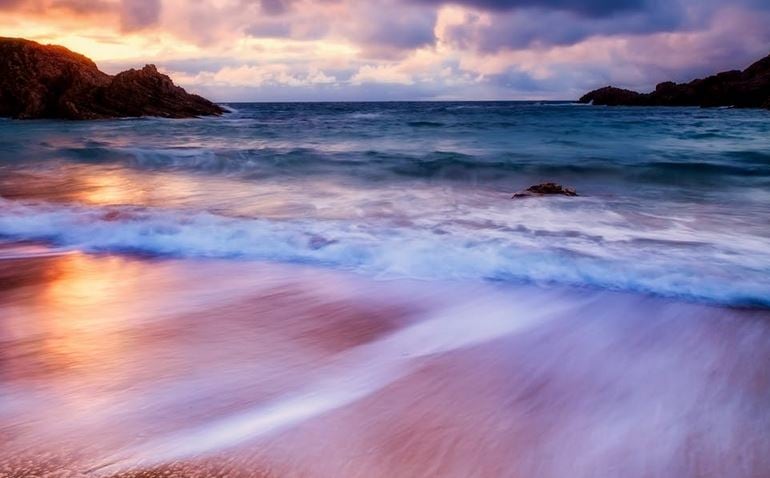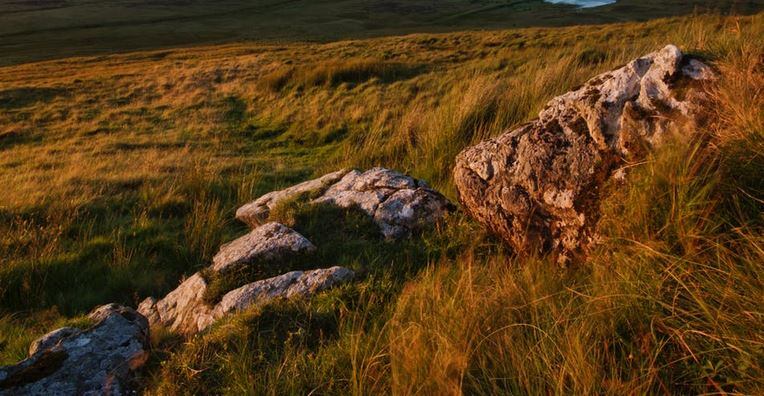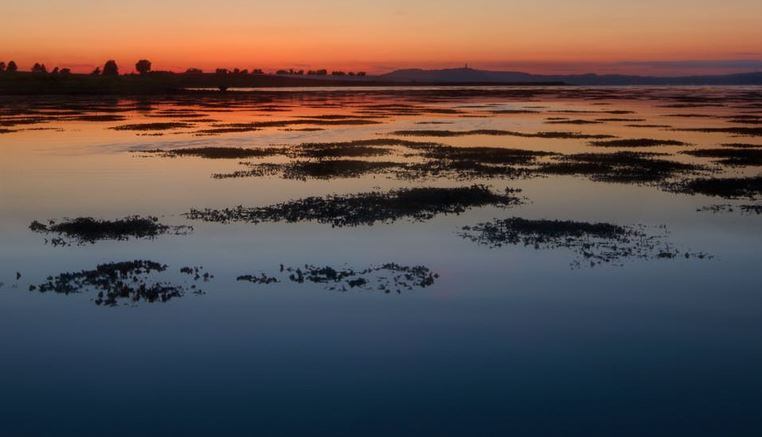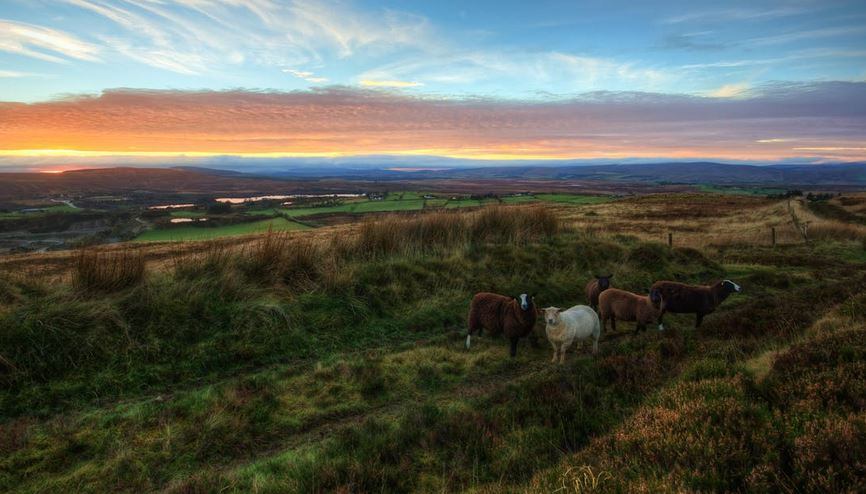Those close to the category will no doubt be familiar with some of the brands already available – Dublin City Gin, Dingle and Glendalough to name a few. Nevertheless, with the backing of the Irish Food Board – Bord Bia – these smaller brands are becoming bigger business in the UK.
Similar to some Scotch producers, which make gin while awaiting the maturation of a whisky, many Irish producers have turned to Mother’s Ruin to bolster sales. Yet, there are also many Irish distilleries with a sole focus on gin.
Of Ireland’s 49 distilleries, 18 produce gin with 11 of those making only gin, according to data from Bord Bia.
The quantities produced have risen rapidly in the past three years from 24,743 litres of pure alcohol (LPA) in 2016 to 290,294 LPAs in 2018, an almost 12-fold increase. In value terms, sales are up from €402,525 in 2016 to €6m in 2018, a 15-fold increase.

In the UK, there are 191 gin distilleries and more than 600 gin brands, according to the Gin Guild, which is significantly higher than Ireland’s offering. In 2018, sales almost doubled to £1.9bn, with 66m bottles sold, Wine & Spirit Trade Association data from December 2018 showed.
When comparing the numbers, it’s chalk and cheese, with the UK significantly outperforming Ireland. However, in terms of percentage growth, Ireland’s trajectory so far is impressive.
To drive that growth in a market already crowded with a significant number of gin brands, Irish producers have set about creating products with a real point of difference, emotive stories and true heritage.
Charlie McCarthy, who recently organised a showcase of Irish spirits at the Embassy of Ireland, and is a a team member of A Drop of Irish, a group that promotes Irish drinks in the UK, sums it up nicely: “Ireland’s producers are not trying to do what everyone else does.”
Unique aspects of locations
He added: “They are trying bring the unique aspects of their locations, which are often rural and that means they can incorporate botanicals from the countryside in their products.”
Many British distillers are incorporating terroir into their gins too, by using botanicals sourced from the areas surrounding their distilleries.
Yet, some of the Irish distillers featuring at the Embassy of Ireland last month have taken this a step further by “bottling the scenery” around them.
One of those is Geraldine Kavanagh who is Glendalough Distillery’s forager, responsible for sourcing all of the botanicals used in its gins.
The distillery was set up by five friends from Wicklow and Dublin to produce whiskey and other spirits. Kavanagh picks botanicals from the mountains and surrounding areas every day, before adding her glut to the distillation process within a few hours.

“When we’re foraging, we’re working with the seasons,” she says. “There are 14 to 15 botanicals in each of our gins from blackberries to damsons and always something like spruce. It’s my job to pick the ingredients and put them in the still fresh.
“That’s how we get really niche flavours in our gins – we’re trying to express where we live and what the landscape is like at that time of the year.”
Glendalough produces a variety of gins, including a newly launched rose gin, which utilises delicate rose flavours on top of a smooth and light gin. Seasonal gins are also produced as one-offs, which celebrate the various local produce available at the time of the year.
Dublin City Gin is another producer using location in its products, but from around its south Dublin base.
Very much craft
“Our gin stands out because it is Irish and it’s very much craft and artisanal,” says co-founder Sheila Cooney.
Cooney and her husband Jim O’Connor were living in Los Angeles before deciding to move to Ireland to launch the gin, spurred on by their friends’ interest in Irish spirits. According to Cooney, Irish gin embodies the country and the surroundings it is made from, making it stand out from all other products on the market.
But, distillers aren’t just using their surroundings to build an image of Ireland, with some using the flavours from the surrounding landscapes to create a taste of somewhere with a warmer climate.
Pearse Lyons Distillery’s Míl Gin, for example, has been created to conjure the image of the sun, sea and sand of Spain. The gin is fruity and light, with a hint of gooseberry, says global spirits brand ambassador Conor Ryan.

Clearly, there are plenty of gins out there, but what about the tonic? There is only one home grown premium spirits mixer produced in the country, which is Poacher’s.
The brand, which was founded in 2016 in County Wexford, features a variety of flavoured tonic waters, soda water and ginger ale, while there are plans to launched an Irish Malt Cola in the coming months, says founder Brendan Colbert.
“Differentiating ourselves from the other mixers available is hard because there are a lot of mixers out there,” he says.
“The provenance is Irish and the customer really cares that the drink has a location attached to it.”
Operators looking for interesting premium alternatives to what’s immediately available to them, then Ireland could be a good shout.

